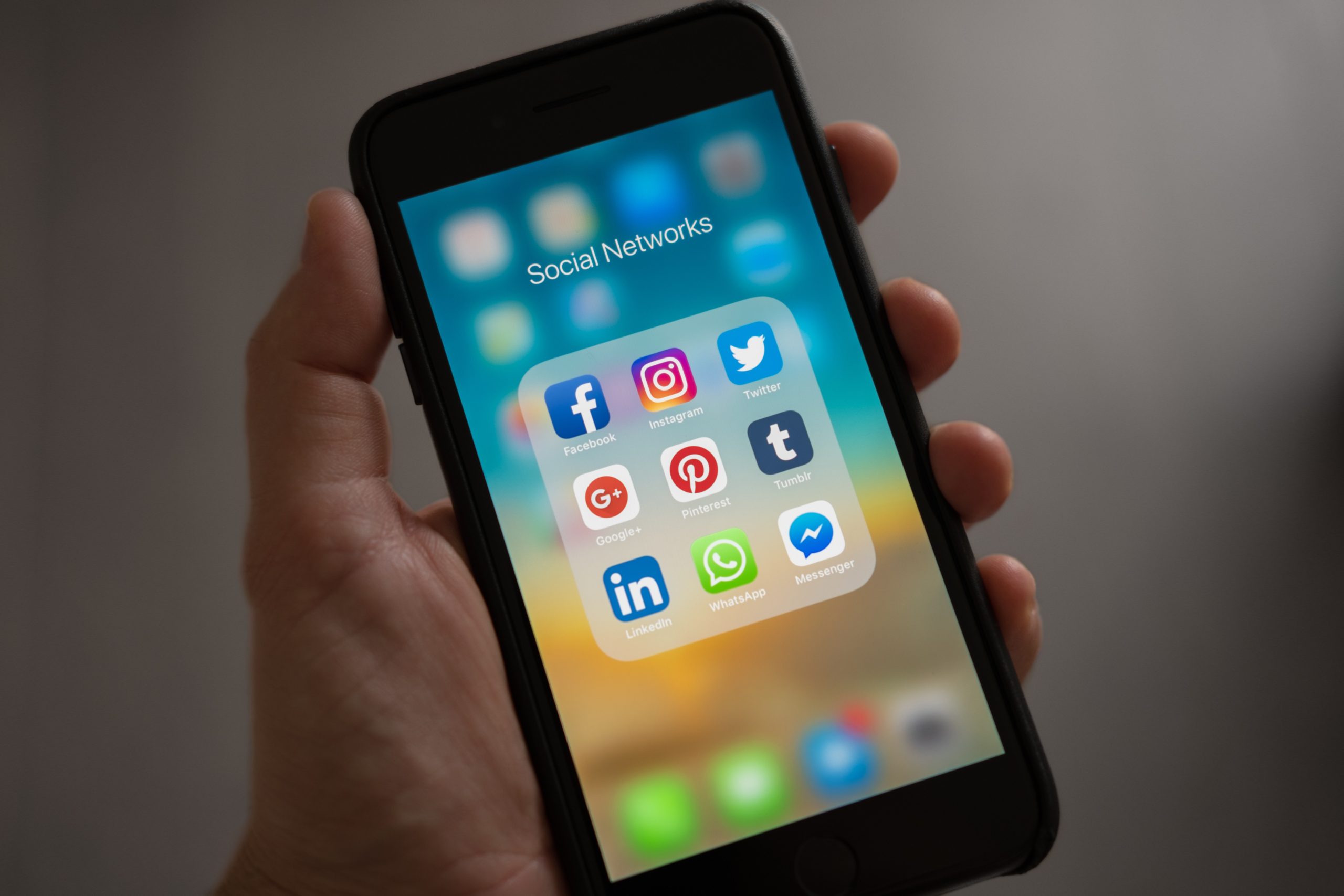Trial lawyers learn early on that as communicators, the way we say something can be more important than what we say. I lay awake at night hoping opposing counsel will call my client a liar whose breath stinks in front of a jury, but smart lawyers never do that. Instead, they say, “His client’s version of reality diverges from the facts, and I would prefer to be upwind of him when he tells his story.”
I was on a Web-Ex docket recently when a young lawyer’s argument made clear he didn’t know what he was doing. He didn’t understand the law or the terminology in his case. Rather than dress him down in public, his opponent told the judge that the lawyers could probably work things out without taking up any more of the court’s time and asked that the motion be passed. What he had to say was important, but how he chose to say it was more important .
My first mentor told me that I should treat every letter or pleading I write as if it would be on the front page of the Post-Dispatch. We had wax embossed stationery because image is important, especially to a client who is paying a lot of money for services. Even a stranger opening such a letter would hold it in a different regard than a note on a Big Chief ™ notepad. I think our profession (and society as a whole) no longer follows this maxim. We have gotten sloppy.
CEOs and politicians see nothing wrong with making important announcements via Twitter when press conferences or releases used to be the norm. They disregard the medium completely, so long as the message is delivered. Too often the message itself is as poorly thought out as the choice of delivery method.
I have fumed more than once upon receiving an email from a Keyboard Cowboy who says things in an email that they would be reluctant to say to my face. Some messages deserve a personal meeting, or at least a phone call. This was much easier when lawyers had Monday docket calls and could discuss things without a special trip or picking up the phone. I don’t long to drive to the courthouse every week, but the convenience is measured against the effectiveness of seeing my opponents regularly.
I recently got an email from a lawyer who wanted to continue an upcoming trial. I couldn’t agree but rather than respond with an email, I called him and explained what was going on with my client. He properly set the matter for hearing and wasn’t mad about it. Bad news is better delivered with compassion and feeling that email loses.
It would be easy to disregard my focus on the medium as the grumblings of a middle-aged man, and that criticism would be fair in other professions. The law still reveres tradition and precedence. I have no idea why court clerks still say “Oyea, oyea” when a judge enters the courtroom, but the occasional bailiff who says “hear ye” is a rebel.
My informal guide for communication with others is simple:
Emoji and emoticons: are you a teenager or K-pop star? If not, avoid these things. 😊
Twitter and social media: Suitable for general news or mass brags. Not the right place for important announcements. Nobody cares what you had for lunch by the way.
Text speak abbreviations: See emoji, supra. Every profession has its own lexicon and lawyers use abbreviations freely, but sending notes with BTW, IMHO, and LOL are not the same thing. (BTW, you shouldn’t LOL at your own jokes, IMHO.)
Letters: Whether mailed on paper, sent as an attachment to an email, or via fax, the letter remains the gold standard of legal communication. A printed signature is more dignified than a disclaimer cut and pasted on the bottom of an email will ever be. If it is important enough to say, it is important enough to send in a letter. Creating one requires a level of attention and thought that email makes too easy to skip, and the time required to write a letter lets tempers cool. If you are angry or need to document an agreement, use a letter. If you want to go to lunch, a text or email is fine. If you want to have vegan food, don’t text, email, or send me a letter.
Telephone calls, video conferences, and in person meetings: These work best for immediate response to an important communication. If you want to know how someone is receiving a message, you need verbal or visual cues. Lawyers often object to a continuance on the record while nodding their head to let the judge know the objection is for the record that the client will read only. Both good and bad news is best delivered person to person.
Yes, Gentle Reader, I recognize that times change. The powdered barrister’s wig is gone, and the necktie is fading. When I go to court, it is in my car rather than by horse and buggy. Why would a lawyer who prefers video conferences and depositions to in-person ones advocate for old methods of communicating? For the same reason I prefer a steak dinner to a meal replacement shake. While both serve the same purpose, only one gives you something to chew on.
©2022 With All Due Respect. Spencer Farris is the founding partner of The S.E. Farris Law Firm in St Louis, Missouri. Comments or criticisms about this column may be sent c/o this newspaper or directly to me via email at farris@farrislaw.net. If you want to send a letter with a wax seal, I understand.

